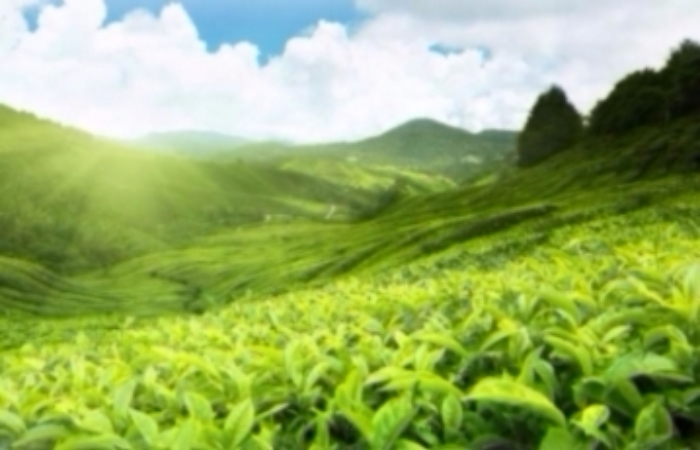
Green Tea
Introduction
Green tea is made from the leaves from Camellia sinensis that have undergone minimal oxidation during processing. Green tea originated in China, but it has become associated with many cultures throughout Asia. Green tea has recently become relatively widespread in the West where black tea has been the traditionally consumed tea.
Plant Atonomy
Green Tea growing conditions can be broken down into two basic types — those grown in the sun and those grown under the shade. The green tea plants are grown in rows that are pruned to produce shoots in a regular manner, and in general are harvested three times per year. The first flush takes place in late April to early May. The second harvest usually takes place from June through July, and the third picking takes place in late July to early August. Sometimes, there will also be a fourth harvest. It is the first flush in the spring that brings the best-quality leaves, with higher prices to match.
Cultivation, Conservation & Preservation
A suitable climate for cultivation has a minimum annual rainfall of 45-50 in (114.3-127 cm). Tea soils must be acid since tea plants will not grow in alkaline soils. A desirable pH value is 5.8-5.4 or less. Tea can be cultivated up to 7,218.2 ft (2,200 m) above sea level and can grow between the equator and the forty-fifth latitude. The plants are reproduced through tile-laying or through seeds from trees that have grown freely
Location
Assam, Darjeeling, Nilgiri, Cachar, Dehradun, Dooars, Kangra, Manipur, Terai and Travancore.
Chemical constituents
The tea beverage contains xanthine derivatives such as caffeine, theophylline, and theobromine, and the glutamide derivative theanine. These substances have well-known stimulant properties, and have also been reported to have beneficial effects on memory and on the immune system.1 Tea also contains many nutritional components, such as vitamin E, vitamin C, fluoride, and potassium.
Uses